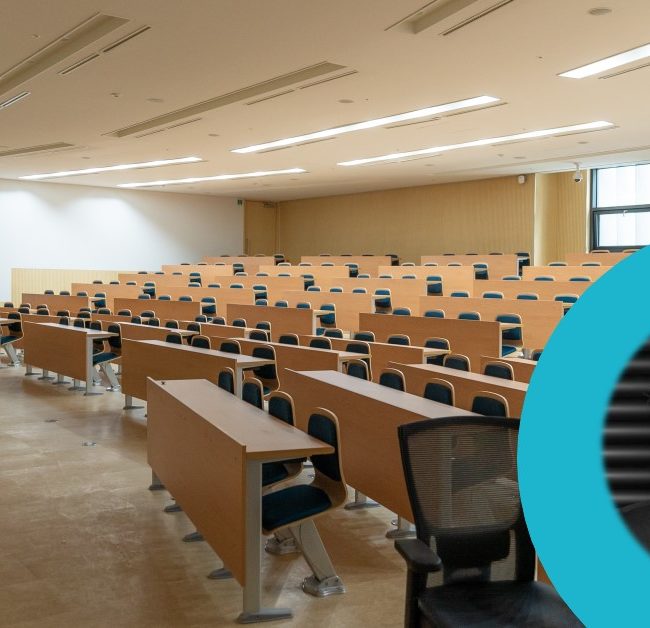
5 Tips for Effective Emergency Communication with Students

Communication with students has always been important, but now more than ever. In every way it is important for students to be up to date on everything that is happening. The final period of the year has begun, making it crucial for students to know where things stand. Effective emergency communication does not only include warning students in certain situations, it also means explaining the impact on the day to day life. In this blog, we provide 5 tips to help you communicate effectively with students in emergency situations.
#1: Communicate fast and clear
It seems straightforward but in reality it has proven to be more difficult. Almost everyone is capable of communicating fast and capable of communicating clear, but to combine those is a challenge. Modern technology enables us to spread information fast. The downside is that false information and fake news also spread fast. If you communicate to fast, there is a chance part of the information is wrong. However, fast communication is necessary, especially in emergency situations, to make sure your students are safe. Make sure you have a channel enabling you to reach your students instantly, and a team that can act fast and create a clear message.
#2: Fully informed
Communicating clearly not necessarily means communicating all information. Sharing all relevant information is necessary to ensure the safety of students. This includes what students should and should not do as a result of the emergency situation. For instance, with COVID-19 everyone is urged to stay inside. If you would only tell your students not to come to campus, there is a chance students will simply meet each other in large groups. This has the opposite effect of what you are trying to achieve. Make sure you share all relevant information to prevent situations like this.
#3: Reaching students

Once you have all relevant information, you have to get this information to your students. Effective emergency communication requires you to be able to reach your students at all times. Do you have those channels? More than half your students do not open the emails they receive from their university. This means that you will have to resort to other channels. Think about a students app to reach students with push notifications, notifications on your intranet or reminders on the virtual learning environment.
#4: Impact on day to day life
Every emergency situation has a certain impact. Apart from informing and warning students about an emergency situation, students need to know the consequences. When the safety of your students is ensured, it is important to communicate with your students about the new situation. What is the impact? What will be different than before? What do students have to do? Without this information, students will not be able to be successful.
#5: Two-way communication
Emergency communication is not just about sharing information. In any case, students will have questions about the new situation. There is also the possibility that students have to attend lectures and exams differently. They might have feedback to improve those processes and enable them to succeed. By continuously communication with your students and really listening to them, they will feel engaged no matter the situation.
To help educational institutions communicate effectively with students in emergency situations, we have created a set of features in our StuCommApp. Do you want to learn more about how to effective communicate with your students? Find out here!








